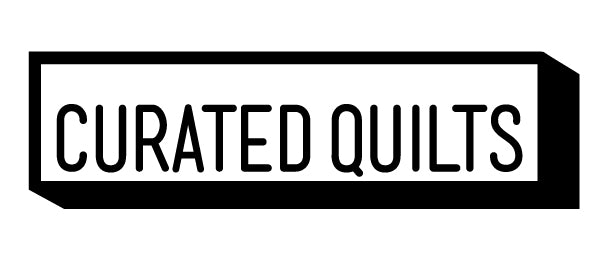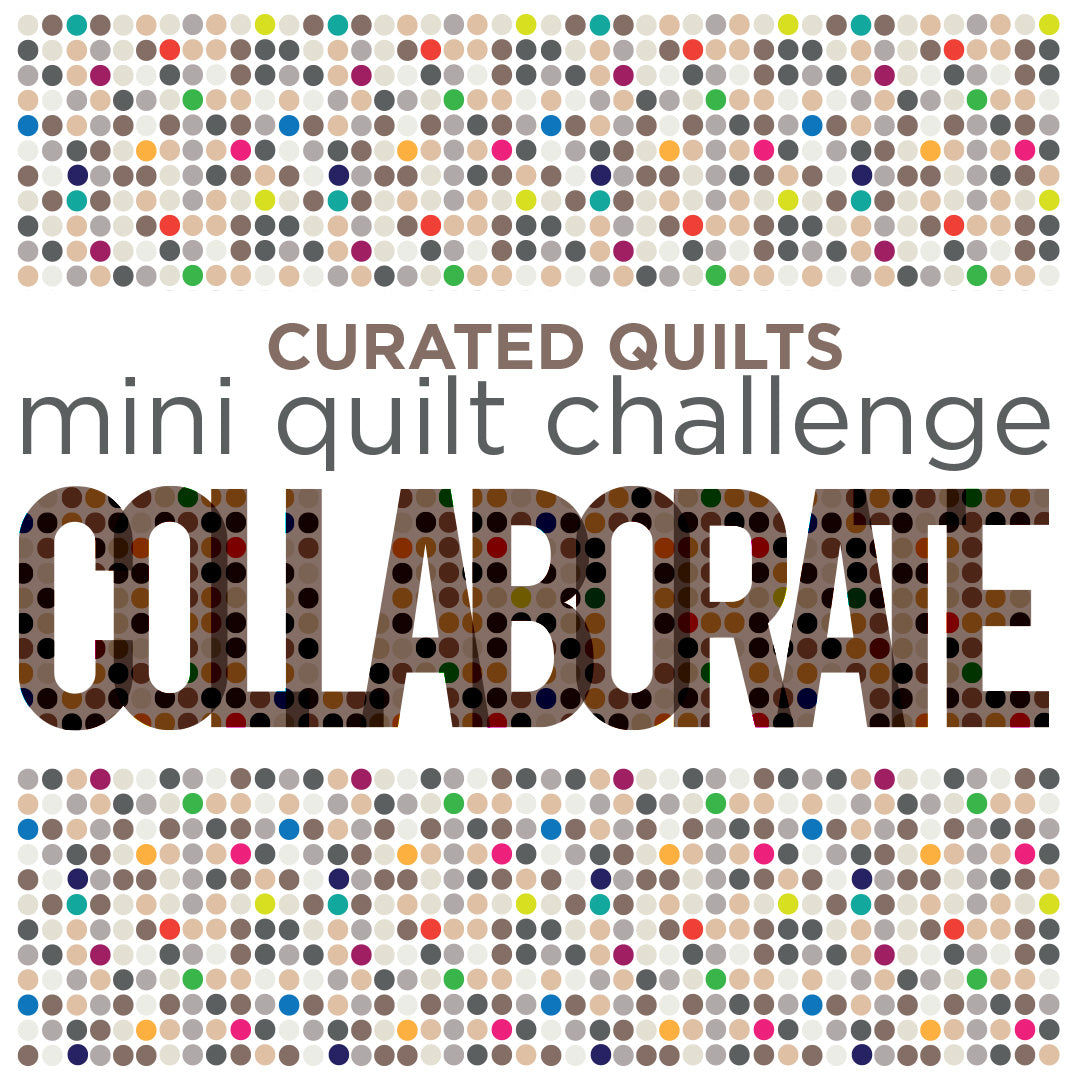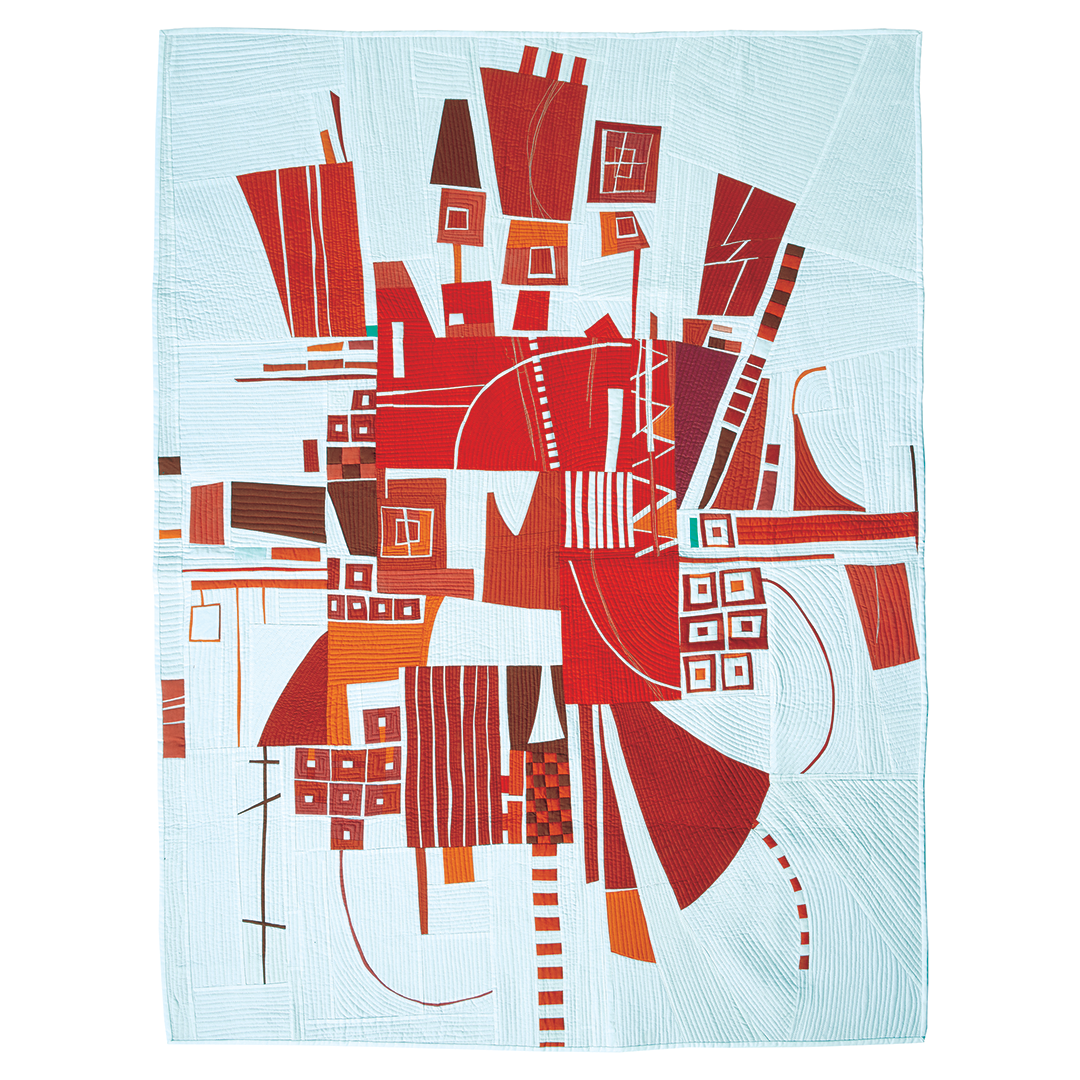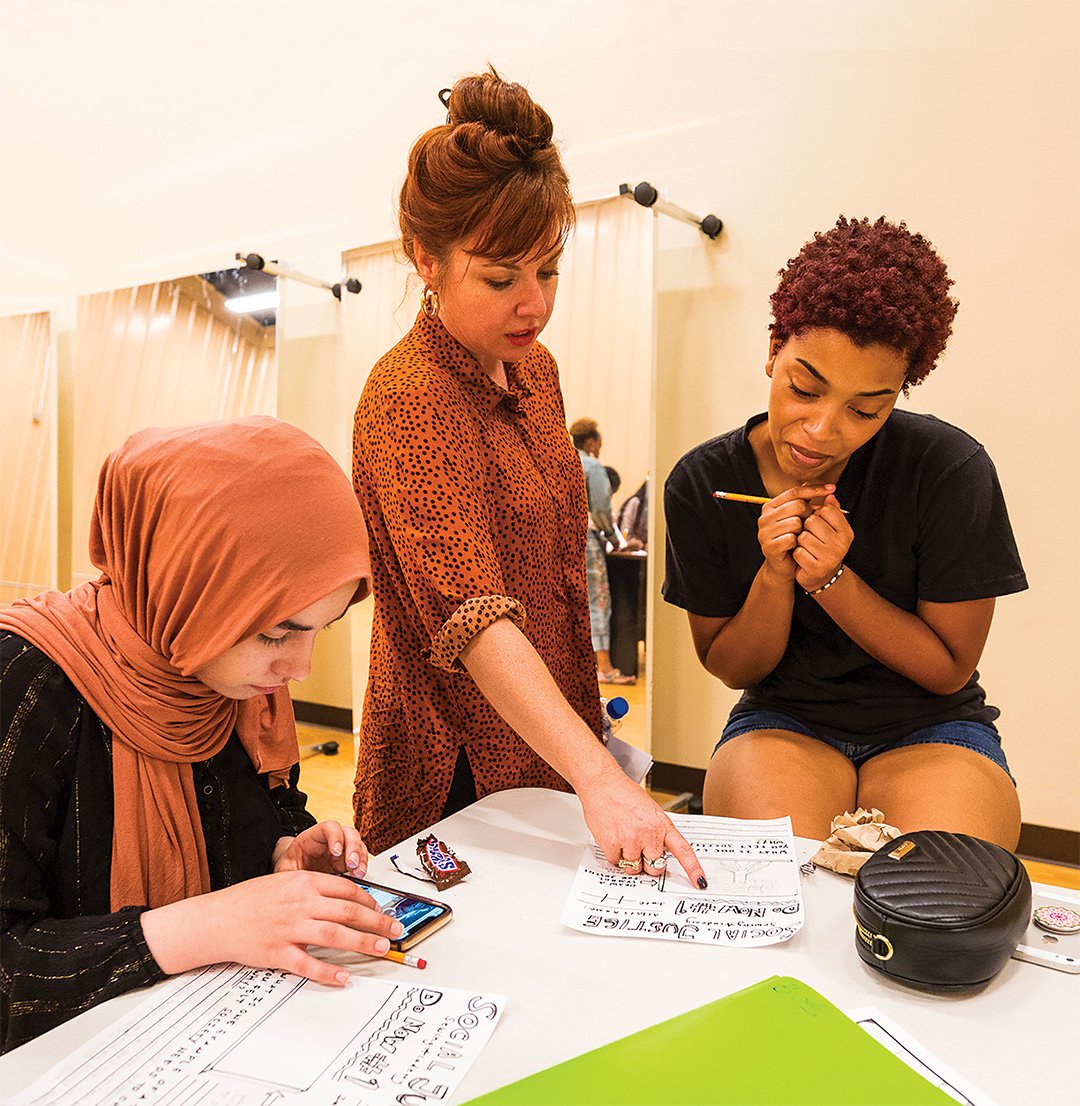A common theme that our quilting friends and readers of the journal is what can we do to build a better and more inclusive quilt community? In their article, ‘IDEAs for Healing: How the Quilt Community Can Work to FosterInclusion,Diversity,Equity andAccess’, Sara Trail and Laura Hopper share numerous ideas for how we can do this as individuals and collectively.
The suggestions are ‘steps on a broader path towards anti-racism and inclusion in the quilt industry, and can be tailored to your specific spot in our community.’

Trail and Hopper say, “As long as there have been quilts, there has been inequity in the quilting community…we as a whole must work to do better for everyone interested in picking up a needle and thread.”
For Large Quilt Industry Businesses and Organizations:
- Hire quilters of color or other marginalized quilters for your staff.
- Tailor your marketing to BIPOC. Make sure to not only include diverse images in your marketing, but also reach out to communities of color to learn how they participate in the quilting community. (A good resource to help you can be found on the SJSA website called, ‘Business Incubator Program.’)
- Amplify existing BIPOC leaders in the quilting community.
- Quickly shut down racism when it occurs on your platforms.
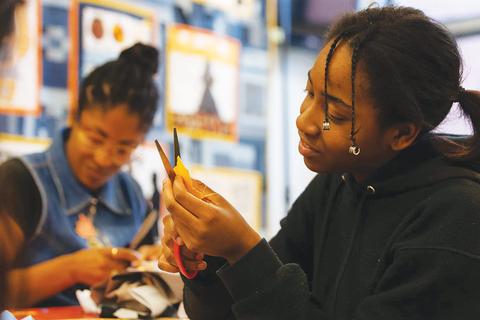
Local Quilt Shops:
Many of the suggestions for large quilt businesses can be implemented on the local quilt shop level. However, local quilt shops have one important difference. You can foster a greater in-person community and a direct line to supporting diversity where you live.
- Hire quilters of color or other marginalized individuals.
- Purchase and sale fabric, patterns and notions by BIPOC designers.
Quilt Guilds:
- Diversify your guild’s leadership team.
- Evaluate your guild’s mission and vision statements to have goals that build inclusion into your core mission.
- Create a scholarship program. Offer some free memberships each year to quilters in your area who may not be able to join because of high membership fees.
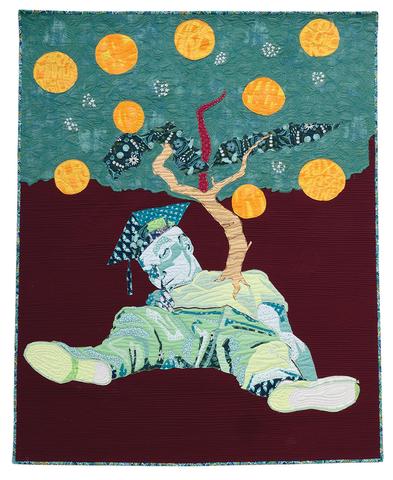
‘Exit Wound,’ by Audrey Bernier, 2018
Individuals:
- Buy supplies by and from makers of color and ask local quilt shops to carry their products.
- Amplify BIPOC makers by sharing their social media posts with your friends.
- Ask your guild to host more BIPOC makers for workshops and lectures.
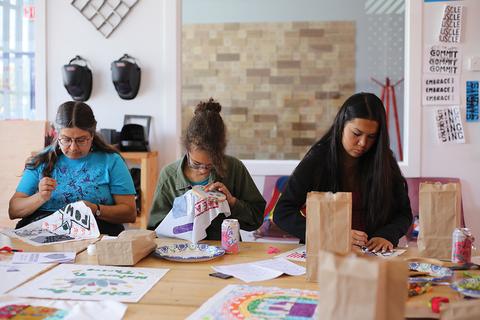
We’ve included just a sampling of the many meaningful suggestions for building a more inclusive quilting community from the article ‘Ideas for Healing: How the Quilt Community Can Work to FosterInclusion,Diversity,Equity andAccess.’ For more IDEAS and to read the article in its entirety, you can purchase a copy ofCurated Quilts, Issue No. 14: Plustoday.
Sara Trail learned to sew at the young age of four and is now a successful author, sewing teacher, and pattern and fabric designer. While attending UC Berkeley, Sara created a quilt in memory of Trayvon Martin and her love for sewing and passion for social justice intertwined. She founded the Social Justice Sewing Academy (SJSA) to be a platform where youth create art that engages and educates communities. She can be found on IG @sjsacademy and online at www.sjsacademy.org.
Laura Hopper is a curator, writer, and quilter who makes quilts inspired by music. She is the Exhibits Director for the Social Justice Sewing Academy, a board member of the Quilt Alliance, and past president of the Chicago Modern Quilt Guild. She lives near Chicago with her spouse and daughter. She can be found on Instagram @lmhquilts and online at www.lmhquilts.com.
